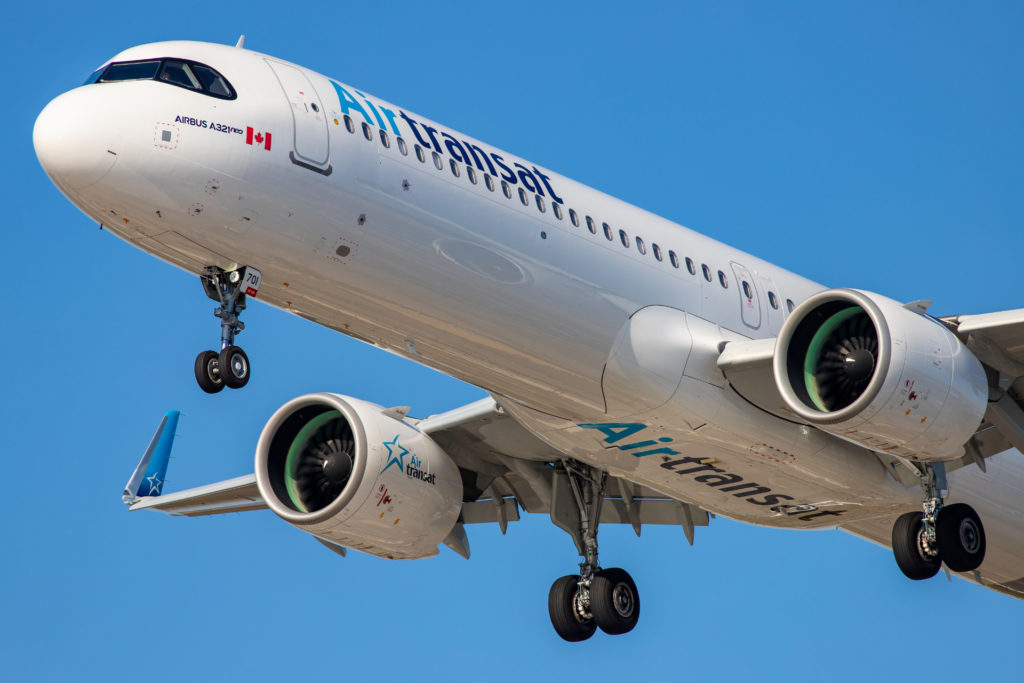Estimated reading time 6 minutes, 57 seconds.
About 20 per cent of small industry suppliers may not be in business in their current form three to four years from now, according to well-known aviation industry analyst Richard Aboulafia.

In a webinar presented to Aero Montreal members on July 2, Aboulafia, who is vice-president of analysis at the Teal Group Corporation, said small suppliers are most at risk right now as aviation battles the fallout from the COVID-19 pandemic.
“It’s very important to support smaller suppliers,” he told webinar participants, adding that their degree of vulnerability depends on how much of their business is tied to the commercial aftermarket.
“This (support) needs to be first and foremost on the minds of governments. Smaller suppliers are most at risk; from a national defence standpoint, it’s very important to support smaller suppliers. Any supply chain is only as strong as the smallest link.”
In his presentation, entitled “Glimpses of Light from the Bottom of a Pit,” Aboulafia said aviation and aerospace is confronting a number of “black swans” in the form of the global pandemic and the resulting recession, fuel price shock and Chinese relations with the West.
But he pointed to some positive signs as well, including that compared to previous industry downturns, airlines were in much better shape going into this crisis. “This time around, the financial networks are intact. So private equity can help with (any resulting) mergers and acquisitions.”
Military programs continue to be a safe haven for suppliers, while business aviation appears to be making a comeback as travellers seek to avoid crowded airport terminals. The bizav sector is down just 25 to 30 per cent right now, said Aboulafia. “But in that segment, a lot is connected to oil prices, so we will see.”
Overall, the International Air Transport Association (IATA) predicts air traffic will be down by 55 per cent this year, although Aboulafia thinks it will be closer to 65 to 70 per cent. In comparison, traffic declined just three per cent in the year after the 9/11 terrorist attacks.
Numbers released for the month of May show a very slight uptick in activity, a trend he called a “glimpse of light,” although traffic recovery is most definitely tied to the virus.
“The economy, and people’s willingness to fly, depends on the coronavirus and really nothing else,” said the analyst. “We don’t see the peak returning until 2023. It’s not a V-shaped recovery here. The floor will last about two years.”
Commercial aviation aftermarket suppliers are facing a very difficult year, according to Aboulafia.
“This year will be a shock to aftermarket demand; it will probably be 75 per cent down. Companies that are the most dependent on aftermarket revenues will feel the effects the most; although military exposure will not be hurt. But, the commercial aftermarket is in for the worst year ever.”

Interest rates and oil prices are two additional factors that drive the demand for jet transport. While cash is getting cheaper with interest rates lowering, fuel prices are in flux. Assuming passenger traffic does come back, Aboulafia said access to ready capital will be critical for airlines and their suppliers to survive.
In addition, uncertainty surrounds the Chinese market, which represented 23 per cent of the world aviation market in 2018.
“In 2019, that got cut in half. Something was going on with China’s economy. This is very concerning, because it’s our biggest single export market outside the U.S.,” said Aboulafia.
“We were wrong about China; they don’t want to be a global competitor. They are preparing an industry for the future in which there is decoupling between China and the West. And as countries move to take refugees from Hong Kong, China will signal its displeasure by ordering aircraft from Comac.”
Aircraft demand
Manufacturers aren’t likely to see twin-aisle aircraft return to peak market demand until after 2029, and the already-depressed regional aircraft market continues now with “greater misery,” noted Aboulafia during the webinar.
The bright spot on the horizon is the single-aisle airliner sector, with a return to peak forecasted for 2024. The Airbus A220 (formerly the Bombardier C Series) is in a good spot, as airlines look for downsized aircraft that offer equivalent functionality and equal or better economics. The A220 is expected to replace older Boeing 737s and Airbus 319/320 aircraft.
The other commercial jet predicted to capitalize on this situation is the A321neo, which is expected to replace older, mid-range twin-aisle aircraft.
“In the 200-to-240 seat middle market, everyone wants an A321neo,” said Aboulafia. “Boeing’s single aisle product line is now boxed in. The Max 8 is fine (once it returns to service), but it is outflanked from above and below. If Boeing does nothing, then Airbus gets first place – they will have 55 to 60 per cent of the jetliner market share by deliveries.”
Aboulafia does not see Embraer and Boeing reviving their joint venture, but feels Embraer will be fine on its own.
Boeing, on the other hand, is facing a tough road.
“Financially, they were not in great shape before this due to the Max situation. They have moved to increase debt. Their debt is now bigger than New Zealand’s. They have cut R&D spending by 25 per cent; that’s the opposite of what they should be doing. They should tell people they are serious about the middle market to compete with Airbus.”
Lastly, Aboulafia said he hopes the world will emerge from the pandemic with a new realization of how interdependent we are, not just socially but economically.
“Maybe people will replace trade wars with trade peace; I hope that is one lesson that will come out of this.”








